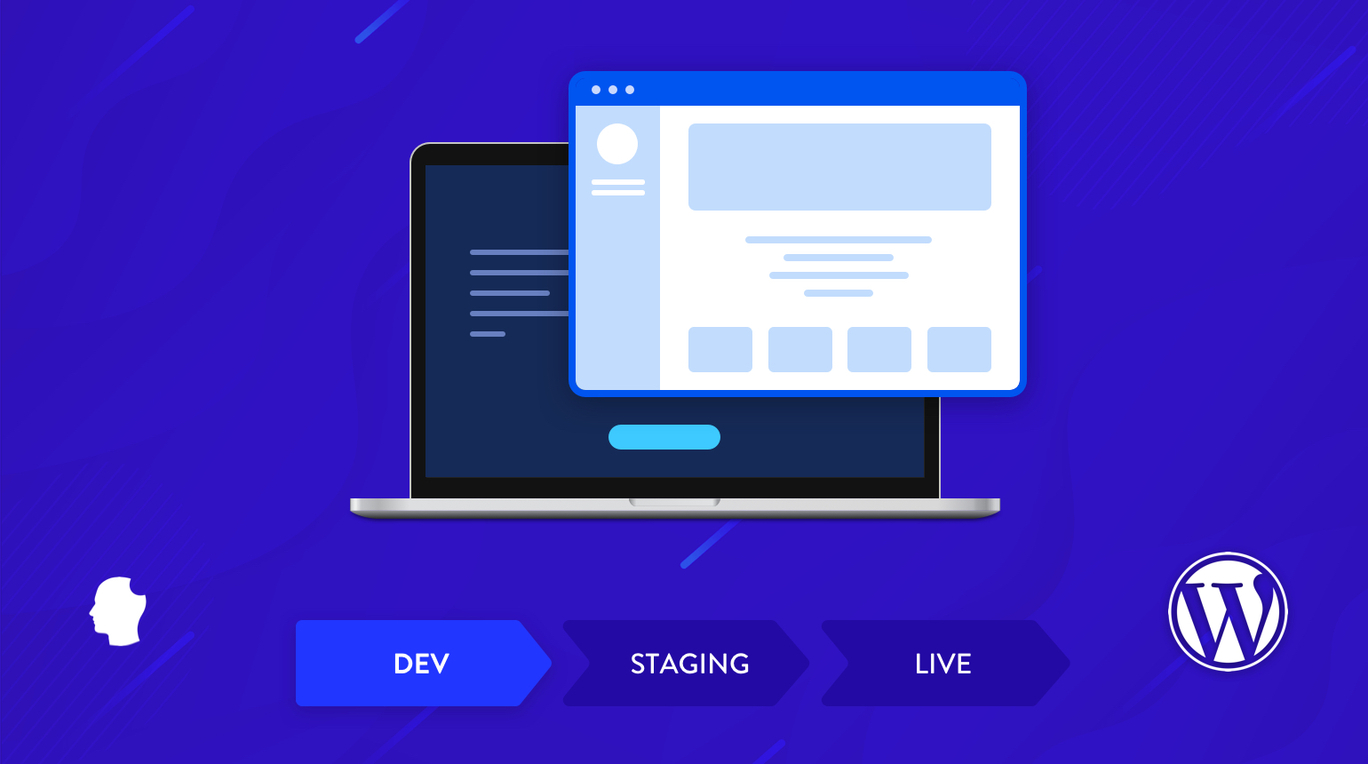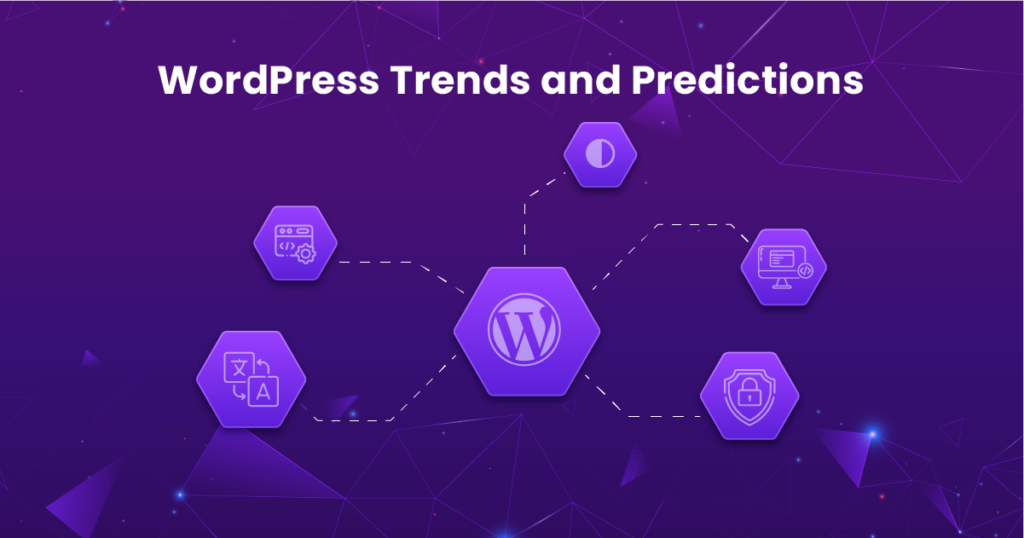Setting Up Your Development Environment for WordPress

As you embark on your WordPress development journey, a crucial initial step is establishing a robust development environment. A well-configured environment ensures seamless coding, testing, and debugging processes, setting the stage for efficient WordPress web development. In this comprehensive guide, we’ll walk through the essential steps to set up a development environment tailored for WordPress.
1. Choosing a Local Development Server:
To create a controlled environment for development, opt for a local server solution. Popular choices include:
- XAMPP – An easy-to-install package containing Apache, MySQL, PHP, and Perl.
- MAMP – Designed for macOS, it provides a local server environment similar to XAMPP.
- Local by Flywheel – A user-friendly solution with features specifically geared towards
- Docker – A platform to simplify the deployment of applications inside lightweight, portable containers.
2. Installing WordPress Locally:
Once your local server environment is set up, proceed to install WordPress. Download the latest WordPress version from the official website and follow the installation instructions. During installation, create a new database, and note down the database credentials for future reference.
3. Choosing a Code Editor:
A powerful code editor is essential for efficient development. Consider using:
- Visual Studio Code – A lightweight and feature-rich code editor with excellent support for WordPress development.
- Sublime Text – Known for its speed and simplicity, Sublime Text is a popular choice among developers.
- Atom – A highly customizable editor developed by GitHub, offering a sleek interface and extensive plugin support.
- PHPStorm – A robust PHP-focused integrated development environment.
4. Version Control with Git:
Integrating version control into your development workflow is crucial for tracking changes and collaborating with others. Git is a widely-used version control system. Familiarize yourself with Git commands and set up a repository for your WordPress project.
5. Creating a Child Theme:
For theme development, it’s recommended to create a child theme to avoid modifying the core theme files. This allows you to customize the appearance without risking the loss of changes during theme updates. Refer to the WordPress Codex for guidance on creating child themes.
6. Utilizing a Debugging Tool:
Effective debugging is a fundamental aspect of development. Integrate a debugging tool like Xdebug or Query Monitor into your environment. These tools provide insights into PHP errors, performance bottlenecks, and database queries, facilitating a smoother development process.
7. Implementing a Code Linter:
Maintain code consistency and catch potential errors early by using a code linter. Tools like ESLint for JavaScript and PHP_CodeSniffer for PHP help enforce coding standards and enhance the overall quality of your code.
8. Optimizing for Browser Compatibility:
Ensure your WordPress website functions seamlessly across different browsers. Utilize browser developer tools such as Chrome DevTools or Firefox Developer Edition for testing and debugging. Additionally, consider using a service like BrowserStack for comprehensive cross-browser testing.
9. Performance Monitoring:
Monitor the performance of your WordPress site during development. Tools like Google PageSpeed Insights and GTmetrix offer valuable insights into areas for improvement, enabling you to optimize your site for speed and user experience.
10. Regular Backups:
Implement a reliable backup solution for your local WordPress environment. Plugins like Duplicator or UpdraftPlus simplify the backup process, allowing you to restore your site quickly in case of unexpected issues.
Feel free to explore these services to enhance your WordPress development environment! As you navigate this process, remember that a well-structured development environment is not just a technical necessity; it’s the canvas upon which your WordPress creations will come to life. Happy coding!



